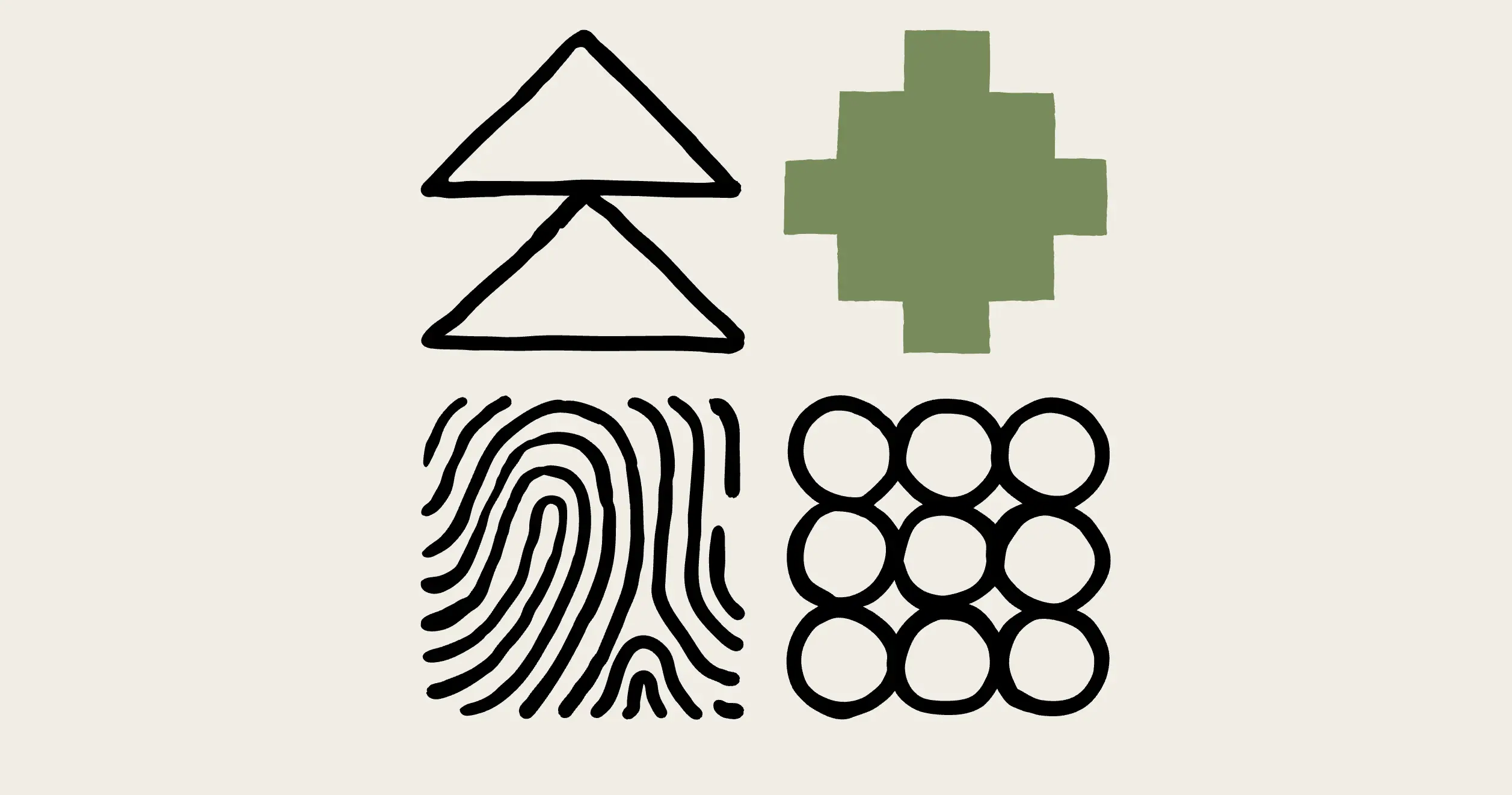How to Vote in Canadian Elections
Updated on
Published on

Voting in Canadian federal elections is both a fundamental right and a key aspect of keeping democracy strong. Whether you’re a first-time voter or a repeat participant, understanding the rules and procedures helps ensure your voice is heard. This guide walks you through everything from eligibility to casting your ballot, so you can approach election day with confidence.
1. Check Your Eligibility and Register
To vote in a Canadian federal election, you must:
- Be a Canadian citizen.
- Be at least 18 years old on election day.
- Reside in Canada for a required period before the election.
If you meet these criteria, confirm your name appears on the voters’ list. You can verify your registration status on Elections Canada’s website or register there if you’re missing from the list. Alternatively, you can fill out a paper form and mail it in. Registration is free and generally starts well before election day, so keep your details updated. Whether you’ve moved or changed your name, ensuring correct registration data prevents any surprises when you head to the polls.
2. Explore Voting Options
Elections Canada offers multiple methods to accommodate voters’ needs:
- In-Person Voting: On election day, cast your ballot at a designated polling station. Check your polling location and operating hours (typically 9:30 AM–9:30 PM) via the online tool.
- Advance Voting: If you can’t vote on election day, opt for advance voting. Dates vary by province, so consult your local schedule.
- Special Ballot: For those unable to visit a polling station due to health, travel, or mobility, you can apply for a special ballot. This option requires an application, so plan ahead to meet deadlines.
- Mail Voting: Canadians living abroad or in remote areas may request a mail-in ballot. Ensure you allow enough time for mailing, as mail voting has firm cutoff dates.
3. What to Bring on Voting Day
Identification rules can vary slightly, but you’ll typically need proof of identity and address. A government-issued ID (driver’s license or passport with your current address) works best. If you registered online, bring confirmation of your details just to be safe. Having the right ID smooths the process and prevents delays.
4. Casting Your Ballot
After presenting your ID, a poll worker will verify your registration. You’ll then receive a ballot and be directed to a private voting booth. Mark your choice for the candidate representing your electoral district, then fold your ballot (as instructed) and place it in the ballot box. Poll workers are there to answer questions about the process, though they cannot guide you in whom to vote for.
5. After You Vote
Your ballot is secret—only the final count is recorded. Some polling stations offer “I Voted” stickers or receipts. If you’re looking for more details or have special circumstances (e.g., voting by mail from abroad, applying for a special ballot), visit elections.ca. Always remember that voting is both a right and a civic responsibility—participating shapes Canada’s future.







